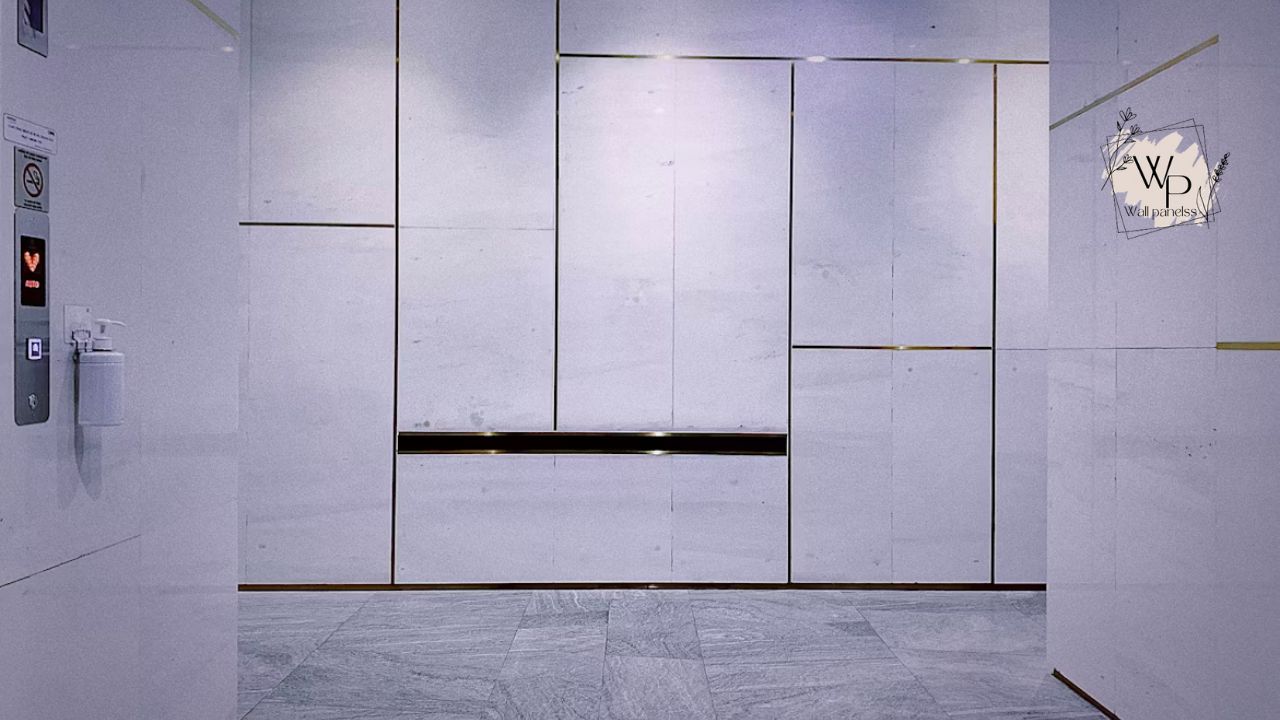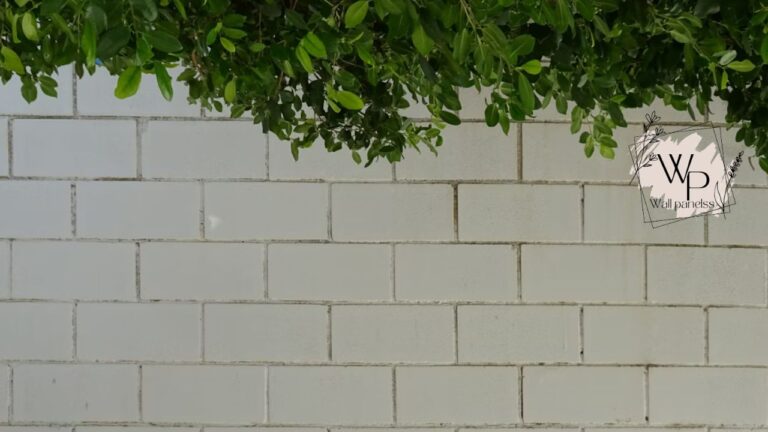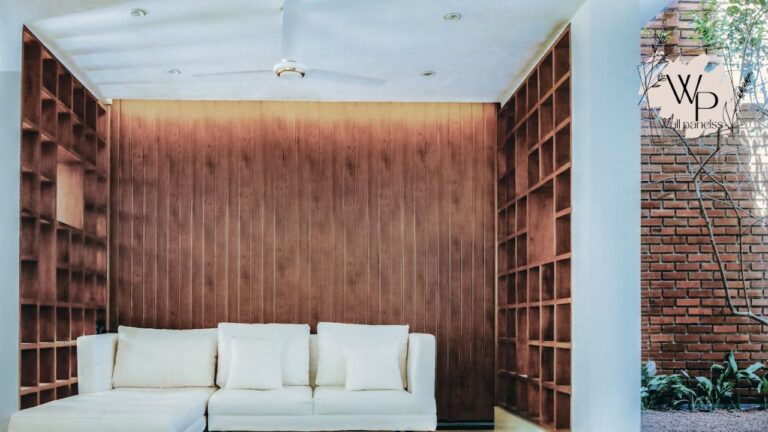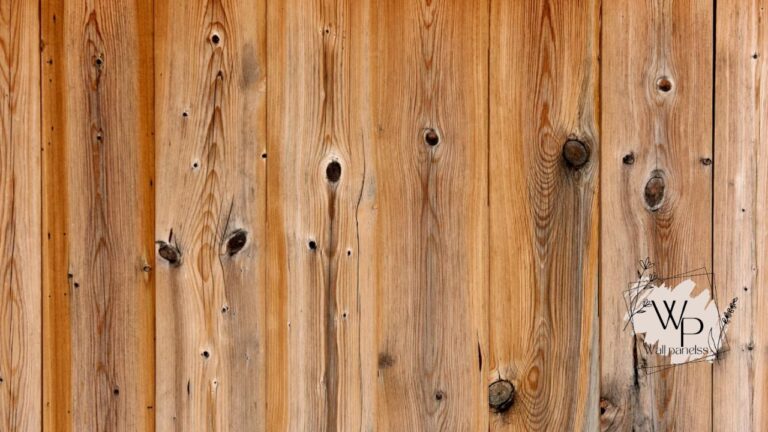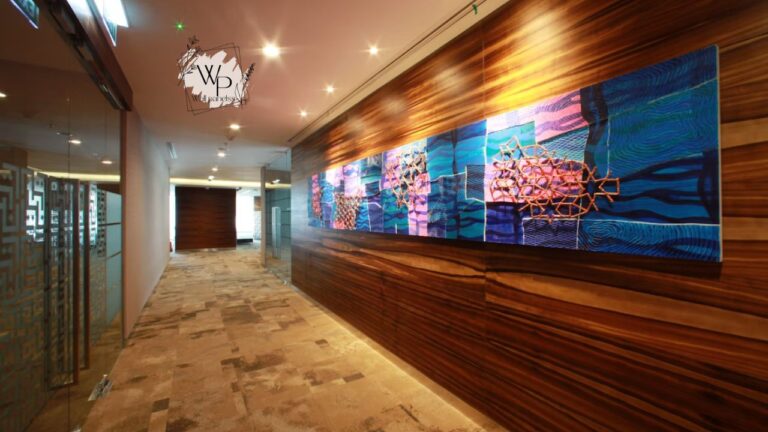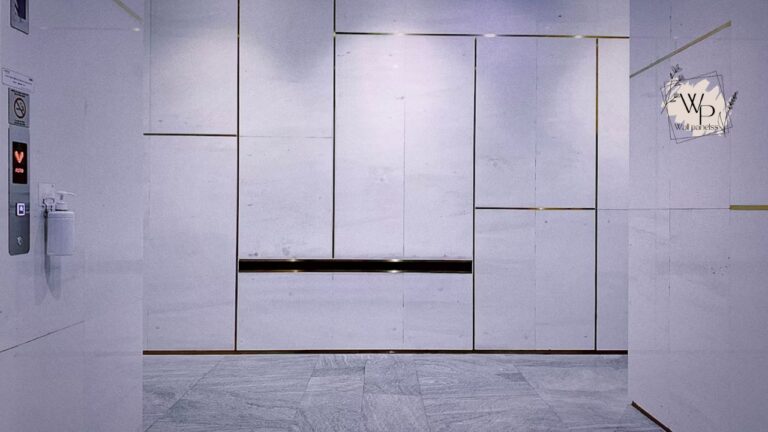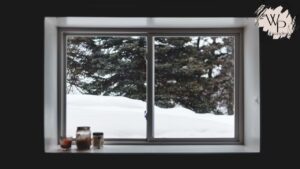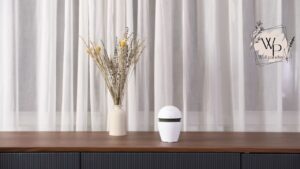Have you ever walked into a room and felt instantly captivated by its character and warmth? Chances are, a beautifully designed panel wall was the secret ingredient. These versatile design elements are more than just wall coverings; they are transformative features that add depth, texture, and a powerful sense of style to any interior space.
A panel wall can completely redefine a room’s aesthetic, turning a plain, uninspired surface into a stunning focal point. Whether you’re drawn to the classic elegance of traditional wainscoting or the sleek, modern lines of acoustic slat panels, there’s a solution waiting to bring your vision to life. This guide will walk you through everything you need to know, from materials and styles to installation and maintenance, empowering you to make a bold and beautiful change.
Panel Wall Quick Guide
To give you a snapshot of what’s available, here is a summary of popular panel wall options. This table breaks down different types, common materials, and estimated costs to help you begin your design journey.
| Panel Wall Type | Common Materials | Average Cost (per sq. ft.) | Best For |
|---|---|---|---|
| Shiplap | Wood (Pine, Cedar), MDF, PVC | $2.50 – $10 | Farmhouse, coastal, rustic styles |
| Wainscoting | Solid Wood, MDF, PVC, Plaster | $7 – $40 | Traditional, transitional, formal spaces |
| 3D Wall Panels | PVC, MDF, Gypsum, Bamboo Fiber | $2 – $30 | Modern, futuristic, eclectic interiors |
| Acoustic Panels | Felt, Wood Veneer, MDF, Foam | $5 – $50+ | Home theaters, offices, noisy rooms |
| Board & Batten | Wood, MDF, PVC | $5 – $20 | Farmhouse, modern craftsman, traditional |
| Reclaimed Wood | Barnwood, Pallet Wood | $8 – $35 | Rustic, industrial, eco-friendly designs |
Diving Deep into Panel Wall Styles
Choosing the right panel wall starts with understanding the different styles available. Each one offers a unique look and feel, capable of complementing various interior design themes. Let’s explore some of the most popular choices that homeowners and designers love.
The Rustic Charm of Shiplap
Shiplap has surged in popularity, largely thanks to its frequent use in modern farmhouse and coastal designs. Originally used for the exterior of sheds and barns, its overlapping rabbet joints create a distinctive, subtle groove between each board.
A shiplap panel wall introduces a clean, linear pattern that can make a room feel both cozy and spacious. It’s incredibly versatile; install it horizontally to widen a space, or vertically to draw the eye upward and create a sense of height. While white is a classic choice, painting shiplap in a bold color like navy blue or charcoal gray can create a dramatic, contemporary effect.
The Timeless Elegance of Wainscoting
Wainscoting is a form of decorative paneling that covers the lower portion of a wall. It’s a classic choice that has graced homes for centuries, bringing a sense of architectural detail and sophistication. A wainscoting panel wall installation instantly adds a layer of formality and finish to dining rooms, hallways, and entryways.
There are several types of wainscoting:
- Raised Panel: The most traditional and formal style, featuring beveled panels that project outward.
- Flat Panel: Offers a cleaner, more contemporary look, often associated with Craftsman and Shaker designs.
- Beadboard: Composed of narrow vertical planks with a small ridge or “bead” between them, it evokes a charming, cottage-like feel.
Modern Appeal with a 3D Panel Wall
For those who crave a cutting-edge, artistic statement, a 3D panel wall is the ultimate choice. These panels are constructed with sculpted, repeating patterns that play with light and shadow, creating a dynamic and visually engaging surface. The effect is nothing short of spectacular.
Available in a vast array of geometric, wavy, and abstract designs, 3D panels can turn any wall into a work of art. They are often made from lightweight materials like plant fiber, PVC, or gypsum, making them relatively easy to install. A 3D panel wall is perfect for creating a dramatic feature wall behind a bed, sofa, or in a minimalist living room.
User Spotlight: Sarah’s Living Room Makeover
Sarah M., a homeowner from Austin, Texas, shared her experience: “My living room felt so boring. I installed a geometric 3D panel wall behind my TV, and it completely changed the space! It went from bland to breathtaking. I get compliments on it all the time. Rating: 5/5 stars – It was an affordable project with a high-end result.”
Functional Beauty: Acoustic Panel Walls
Noise can be a significant disruption in modern life, especially with open-concept layouts and home offices becoming the norm. An acoustic panel wall offers a brilliant solution that combines sound absorption with stunning design. These panels are engineered to reduce echo and reverberation, creating a quieter and more comfortable environment.
Forget the drab, industrial-looking foam of the past. Today’s acoustic panels come in beautiful designs, including stylish felt and elegant wood slats. A wood slat panel wall is particularly popular, offering a warm, organic texture while discreetly improving a room’s sound quality. They are an ideal choice for home theaters, music rooms, offices, or any area where noise is a concern.
Choosing the Right Materials for Your Panel Wall
The material you select for your panel wall impacts not only its look and feel but also its durability, cost, and maintenance requirements. Understanding the pros and cons of each is crucial for making an informed decision.
Natural Wood: The Authentic Choice
Solid wood is the gold standard for many types of paneling, offering unmatched warmth, authenticity, and character. Each plank has a unique grain pattern, ensuring your panel wall is truly one-of-a-kind.
- Pros: Highly durable, can be stained or painted, adds real estate value.
- Cons: Most expensive option, can warp or crack with changes in humidity, requires more maintenance.
- Common Woods: Oak, maple, cherry, pine, cedar.
Reclaimed wood is another fantastic option in this category. Using wood salvaged from old barns or factories adds a rich history and rustic texture that cannot be replicated. A reclaimed wood panel wall is an eco-friendly choice that tells a story.
MDF (Medium-Density Fiberboard): The Versatile Contender
MDF is an engineered wood product made by breaking down hardwood or softwood residuals into wood fibers, combining them with wax and a resin binder, and forming them into panels. It’s a popular and budget-friendly alternative to solid wood.
- Pros: Very affordable, smooth surface is perfect for painting, dimensionally stable (won’t warp).
- Cons: Susceptible to water damage, heavier than wood, can release VOCs (look for low-VOC options).
MDF is an excellent material for styles like board and batten or painted shiplap, where a flawless, smooth finish is desired. It’s a workhorse material that makes a beautiful panel wall accessible on a tighter budget.
PVC and Vinyl: The Waterproof Wonder
For areas with high moisture, like bathrooms, laundry rooms, or basements, PVC (polyvinyl chloride) and vinyl panels are the perfect solution. These synthetic materials are completely waterproof and incredibly durable.
- Pros: 100% waterproof, resistant to mold and mildew, easy to clean, lightweight.
- Cons: Can look less authentic than wood, may not be paintable (depending on the product).
Modern PVC panels come in a surprising variety of styles, convincingly mimicking everything from beadboard to intricate 3D patterns. A PVC panel wall provides peace of mind in moisture-prone spaces without sacrificing style.
The Man Behind the Movement: The Story of Chip Gaines
When discussing the revival of rustic paneling, it’s impossible not to mention Chip Gaines. Alongside his wife Joanna, he co-founded Magnolia, a brand that turned the modern farmhouse aesthetic into a global phenomenon. While not an inventor of the panel wall, his enthusiastic use of shiplap on their hit TV show Fixer Upper propelled it into the mainstream.
Chip’s journey from a small-town contractor in Waco, Texas, to a media mogul is a story of hard work and a keen eye for design potential. He showed millions of viewers how a simple panel wall could infuse a home with character and warmth. His advocacy for authentic, family-friendly design has inspired countless homeowners to tackle their own renovation projects. With a net worth estimated in the tens of millions, Chip Gaines’ influence demonstrates the powerful impact of making design accessible and relatable.
Installation Guide: A DIY or Pro Job?
Once you’ve chosen your style and material, the next step is installation. Many homeowners wonder if creating a panel wall is a feasible DIY project. The answer depends on the complexity of the paneling and your skill level.
DIY-Friendly Options
- Peel-and-Stick Panels: This is the easiest method. Many lightweight 3D panels and reclaimed wood planks come with an adhesive backing. Simply peel and press them onto the wall.
- Shiplap & Board and Batten: If you’re comfortable with a measuring tape, a level, and a nail gun, installing shiplap or a simple board and batten panel wall is a very manageable weekend project. Careful measurement is key to a professional-looking result.
When to Hire a Professional
- Complex Wainscoting: Traditional raised-panel wainscoting requires precise miter cuts and intricate joinery. This is a job best left to an experienced finish carpenter.
- Large-Scale Installations: If you’re paneling an entire room or a two-story wall, a pro can complete the job more efficiently and with a higher level of precision. They have the tools and expertise to handle any challenges that arise.
- Uneven Walls: Older homes often have walls that aren’t perfectly plumb or flat. A professional knows how to scribe and adjust the panel wall materials to fit these imperfections seamlessly.
A beautifully executed panel wall can significantly increase your home’s appeal and value, so investing in professional installation for complex jobs is often money well spent.
Maintenance and Care
Keeping your panel wall looking its best is generally straightforward. Regular dusting with a soft cloth or a vacuum brush attachment is all that’s needed for most types.
For painted surfaces like MDF or wood, you can gently wipe them down with a damp cloth and a mild cleaner. Avoid harsh chemicals that could damage the finish. For natural wood, follow the manufacturer’s recommendations, which may include periodic re-oiling or sealing to keep the wood from drying out. A well-maintained panel wall will continue to be a source of pride for years to come.
FAQs: Your Panel Wall Questions Answered
Q: Can I install a panel wall on a textured surface?
A: Yes, but it requires some prep work. For best results, you should sand down the texture to create a smoother surface. Alternatively, you can install thin furring strips or a layer of quarter-inch plywood over the existing wall first, giving your panel wall a flat base to adhere to.
Q: Does a panel wall make a room look smaller?
A: Not necessarily! It’s all about perception. Using light colors and installing panels vertically can actually make a room feel taller and more open. A dark, heavy panel wall in an already small room might feel enclosing, but used as a feature on a single wall, it can add depth without shrinking the space.
Q: Is a wood panel wall a fire hazard?
A: Any wood product is combustible. However, you can increase fire safety by applying a fire-retardant finish. Many building codes require drywall behind any wood paneling, which provides a layer of fire resistance. Always check your local building codes before starting an installation.
Q: What is the most budget-friendly panel wall option?
A: A board and batten accent wall using MDF strips is one of the most cost-effective ways to create a high-impact panel wall. The materials are inexpensive, and the installation is relatively simple for a DIYer. Another affordable option is using paintable textured wallpaper that mimics the look of beadboard or tin tiles.
Q: How do I choose the right style of panel wall for my home?
A: Consider your home’s existing architecture and your personal design style. A Victorian home would suit ornate wainscoting, while a mid-century modern home would look stunning with a sleek wood slat panel wall. Browse design websites and magazines for inspiration, and don’t be afraid to mix styles for a more eclectic look.
Admin Recommendation
WallPanel Home Assistant Idle: The Ultimate Guide to Smart Home Displays

